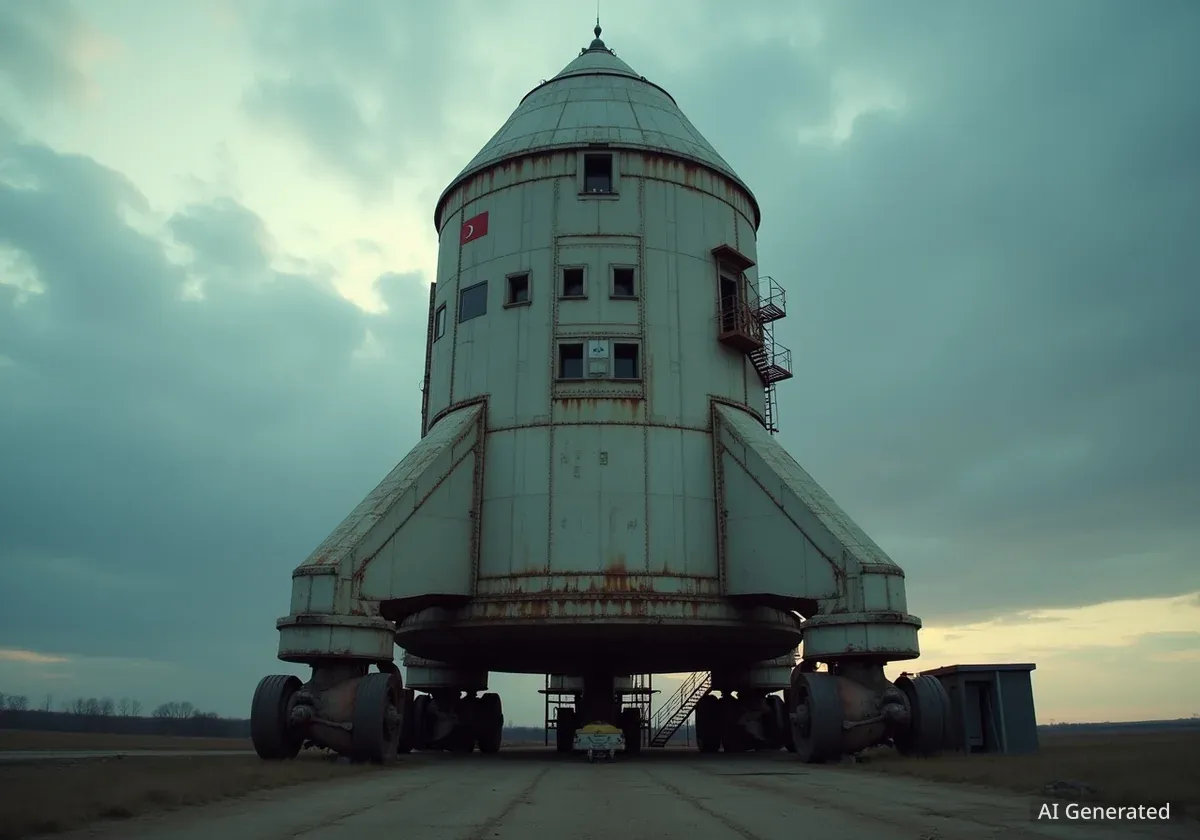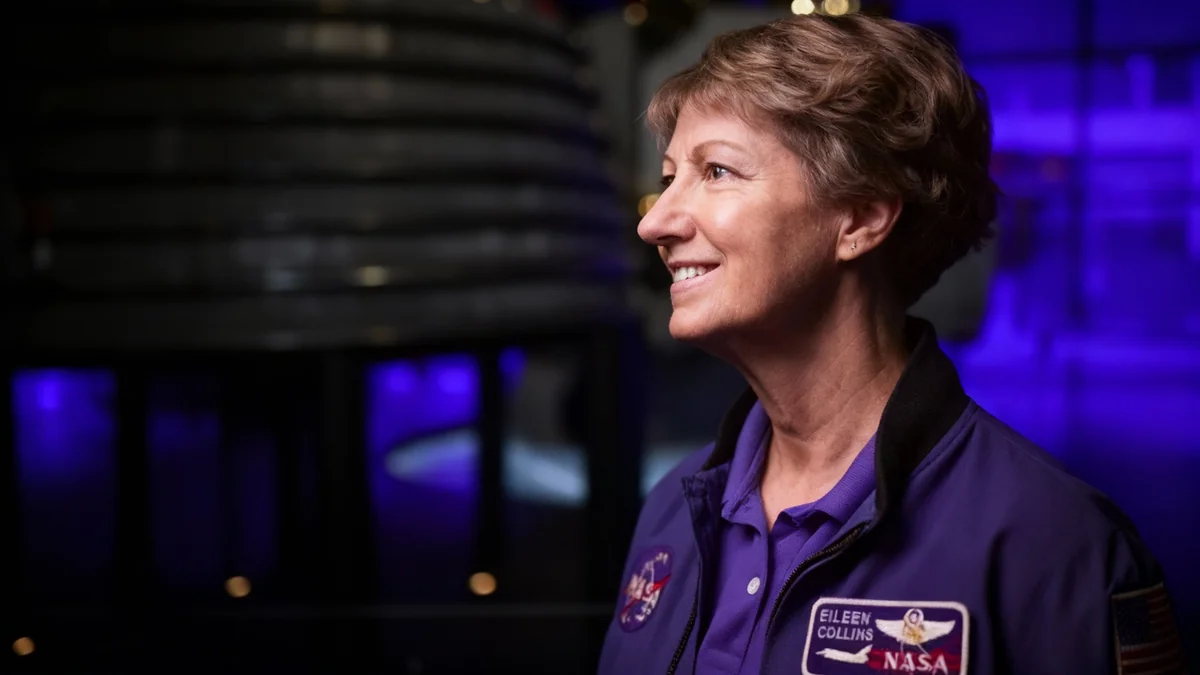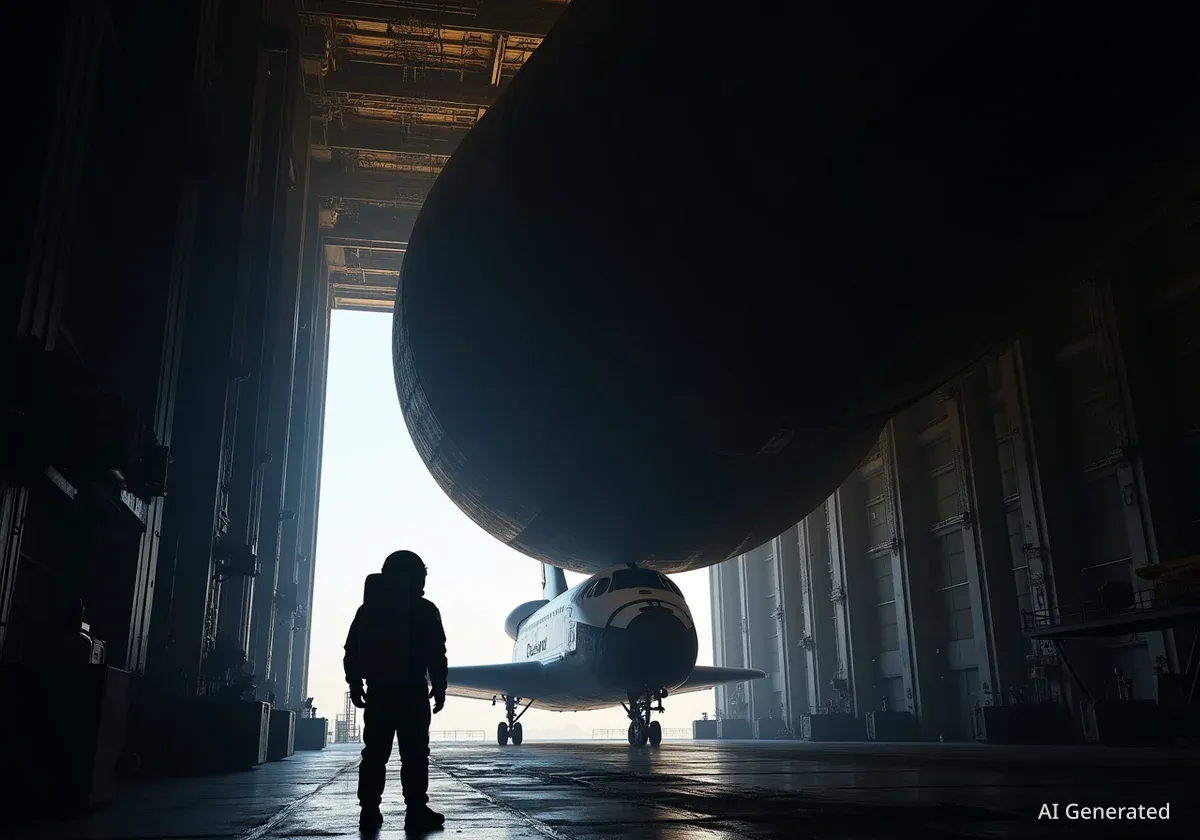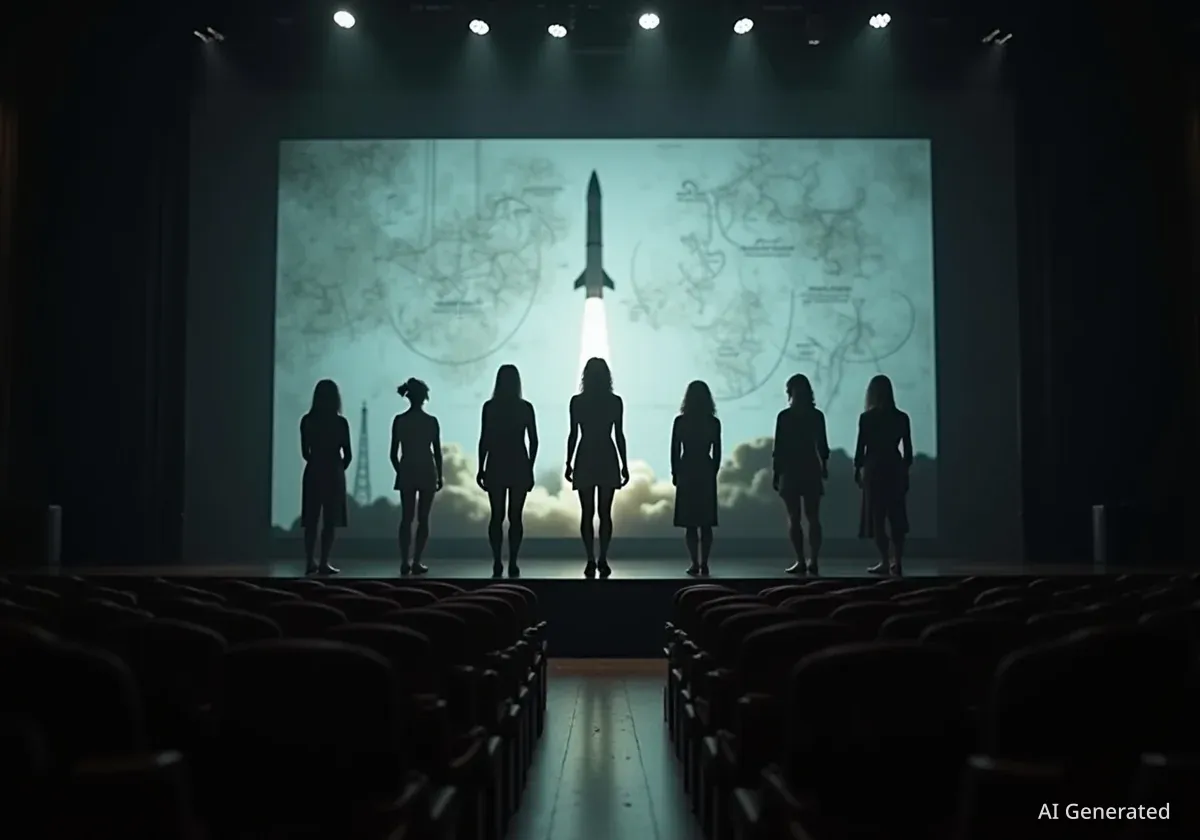On October 12, 1964, the Soviet Union launched Voshkod 1, a mission that achieved a major milestone in the Space Race. It became the first spaceflight in history to carry more than one person, sending a three-cosmonaut crew into orbit.
However, this achievement came with significant risks. Due to political pressure and design limitations, the crew flew without spacesuits, a first for any crewed mission and a decision that highlighted the intense competition of the era.
Key Takeaways
- Voshkod 1, launched on October 12, 1964, was the world's first space mission with a multi-person crew, carrying three cosmonauts.
- The mission was the first in which the crew did not wear spacesuits, a decision made necessary by severe space constraints inside the capsule.
- A physician, Boris Yegorov, was part of the crew to conduct the first-ever in-flight biomedical research on humans in space.
- The mission was a direct result of political pressure on the Soviet space program to surpass the United States in spaceflight achievements.
A New Era After Vostok
The Voshkod 1 mission marked the beginning of the Soviet Union's second series of human spaceflights. It followed the highly successful Vostok program, which had already made history by putting the first human, Yuri Gagarin, into orbit in 1961.
While the Vostok missions each carried a single cosmonaut, the next logical step was to send multiple people into space simultaneously. This capability was seen as essential for developing more complex missions, including potential spacewalks and long-duration stays in orbit.
The United States was developing its two-person Gemini spacecraft, and Soviet leadership was determined to achieve the multi-crew milestone first. This created immense pressure on Soviet engineers to adapt existing technology quickly.
The Context of the Space Race
By 1964, the Space Race between the United States and the Soviet Union was at its peak. Both nations were pushing the boundaries of technology to demonstrate their superiority. Achieving 'firsts' in space was not just a scientific goal but also a powerful tool for international prestige and propaganda.
Political Goals and Engineering Risks
The primary challenge for the Voshkod 1 mission was the spacecraft itself. Instead of designing a new, larger capsule, engineers were ordered to modify the existing Vostok spacecraft. The Vostok was designed for a single person wearing a bulky spacesuit and equipped with an ejection seat for emergencies.
To accommodate three people, significant and risky modifications were necessary. The single ejection seat was removed, as there was no room for three. The cosmonauts were squeezed into custom-fitted couches arranged to maximize the limited interior space.
This configuration left no room for the crew to wear spacesuits. The decision to fly without them was a major gamble. In the event of a cabin depressurization during launch or in orbit, the crew would have had no protection, leading to certain death. The mission relied entirely on the integrity of the capsule's life support system.
"The mission designers essentially stripped down a Vostok capsule and crammed three people inside. It was a politically motivated decision that prioritized speed over the established safety protocols of the time."
The flight lasted just over 24 hours, completing 16 orbits of Earth. The short duration was partly a measure to minimize the time the crew was exposed to these heightened risks.
The Diverse Three-Person Crew
Voshkod 1's crew was notable not just for its size but also for its composition, which included specialists rather than just military pilots. This reflected a shift toward more scientific objectives in space.
The three cosmonauts were:
- Vladimir Komarov: The mission commander and an experienced pilot. He was the only military pilot in the crew, responsible for flying the spacecraft.
- Konstantin Feoktistov: A civilian spacecraft designer and engineer. He was the first engineer to fly in space, providing technical expertise during the flight.
- Boris Yegorov: A physician. His inclusion was a critical part of the mission's scientific goals, making him the first medical doctor to travel to space.
This mix of skills—pilot, engineer, and doctor—created a template for future multi-disciplinary crews needed for complex, long-duration missions.
Pioneering Space Medicine
One of the most important legacies of the Voshkod 1 mission was its contribution to space medicine. With Dr. Boris Yegorov on board, the flight became a flying laboratory dedicated to understanding how the human body adapts to weightlessness.
Throughout the 24-hour flight, Yegorov conducted a series of biomedical tests on himself and his crewmates. These were the first comprehensive medical experiments performed on humans in orbit.
First In-Flight Medical Tests
Dr. Yegorov's research included monitoring several key physiological parameters:
- Measuring blood pressure to track cardiovascular changes.
- Analyzing brain waves using an electroencephalogram (EEG).
- Testing muscle condition and coordination.
- Collecting blood samples for later analysis on Earth.
The data gathered was invaluable. It provided the first real-world information on how microgravity affects the human cardiovascular system, balance, and overall physical condition. According to Soviet space officials, this information was crucial for planning the longer missions that would follow in the Soyuz program.
This pioneering work laid the foundation for the field of space medicine, which is now essential for astronaut health on the International Space Station and for planning future missions to the Moon and Mars.
The Legacy of Voshkod 1
Despite its inherent risks, the Voshkod 1 mission was a resounding success from a political and technical standpoint. The Soviet Union had once again beaten the United States to a major spaceflight first, launching a multi-person crew nearly five months before the first two-person American Gemini flight.
However, the compromises made for the Voshkod program were not sustainable. The lack of safety features like spacesuits and an escape system was heavily criticized internally, even at the time. The Voshkod program itself was short-lived, flying only one other crewed mission, Voshkod 2, which featured the first-ever spacewalk.
Today, Voshkod 1 is remembered as a bold and audacious step in human space exploration. It demonstrated the feasibility of multi-person crews and initiated critical medical research, but it also served as a stark reminder of the extreme risks taken during the height of the Cold War's race to space.





